By Emily Owens
Ah, container homes – the quirky, eco-friendly, and downright fascinating way to reimagine housing. For four years now, I’ve had the pleasure of diving headfirst into the world of container home design and development. And boy, has it been a wild ride! From the early days when these structures were seen as unconventional to the present, where they’re gaining traction as eco-conscious living spaces, container homes have evolved significantly.
One of the driving forces behind this transformation is none other than construction technology. So, dear readers, sit back and relax as we explore the fascinating impact of construction technology on container home development.
The Container Home Revolution
Before we delve into the tech side of things, let’s take a moment to appreciate the container home revolution itself. The idea of turning humble shipping containers into cozy abodes has taken the world by storm. The appeal lies not only in recycling and repurposing but also in the sheer versatility of these steel giants.
Container homes are popping up in urban settings, rural landscapes, and even as vacation getaways. But the journey from an old shipping container to a stylish, comfortable home involves more than just stacking a few containers together. That’s where construction technology comes into play.
Design Software: The Blueprint of Dreams
Picture this: a designer hunched over a drafting table, sketching out container home designs with a pencil and paper. Now, fast forward to today, where architects and designers are harnessing the power of cutting-edge design software to create intricate container home blueprints.
The advent of sophisticated 3D modeling and rendering software has revolutionized the way container homes are designed. These tools allow designers to visualize their ideas in incredible detail before a single container is ever picked up by a crane. It’s like having a crystal ball to peer into the future, ensuring that every inch of your container home is optimized for both aesthetics and functionality.
Structural Engineering: Making It All Work

Building a container home isn’t just about creating a visually appealing space; it’s about ensuring that it’s safe and structurally sound. This is where construction technology plays a pivotal role. Engineers use advanced structural analysis software to simulate various scenarios and test the integrity of container structures.
They consider factors like wind loads, seismic activity, and even the weight of the home’s inhabitants and furniture. Thanks to these tools, container homes can withstand the harshest weather conditions and meet all safety standards, giving homeowners peace of mind.
Modular Construction: Plug and Play
Modular construction, a method that involves assembling pre-fabricated components off-site, is a game-changer in the world of container homes. This approach harnesses construction technology to the fullest, allowing for faster, more efficient, and cost-effective building processes.
Containers are modified and outfitted in a controlled factory environment, reducing the risk of weather-related delays and ensuring consistent quality. Once on-site, it’s like assembling a giant Lego set, with each container slotting seamlessly into place. This method not only saves time but also minimizes waste and environmental impact.
Sustainable Materials and Techniques
In the age of eco-conscious living, sustainability is at the forefront of container home development. And construction technology is helping to make these homes more sustainable than ever before.
Advanced insulation materials and energy-efficient HVAC systems are used to reduce energy consumption. Solar panels and rainwater harvesting systems are integrated seamlessly into the design, allowing homeowners to live off the grid if they choose. The integration of smart home technology further enhances energy efficiency and convenience.
Real-Time Monitoring and Maintenance
Once your container home is up and running, the role of construction technology doesn’t end. It’s there to ensure that your home continues to function optimally. Smart home systems can monitor everything from temperature and humidity to security and energy usage.
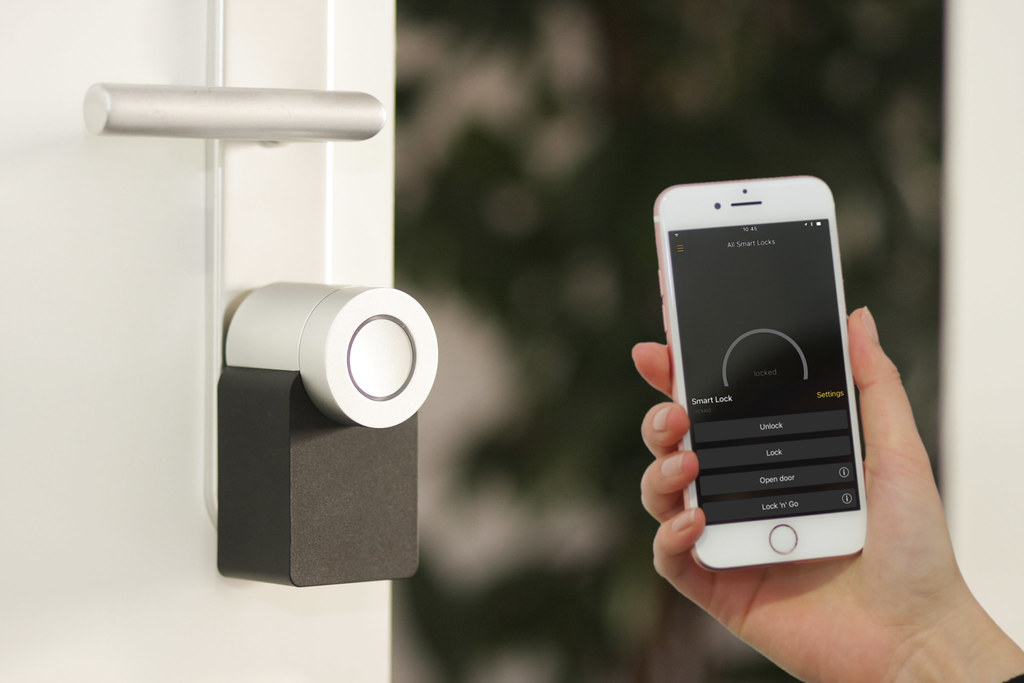
Imagine receiving a notification on your smartphone if there’s a water leak or a sudden drop in temperature while you’re away. With just a few taps on your screen, you can take action to prevent potential issues. It’s like having a 24/7 caretaker for your container home, ensuring that it remains a cozy and safe haven.
Conclusion: A Technological Transformation
In the world of container homes, construction technology has led to a profound transformation. It has turned what was once a novel concept into a viable and sustainable housing option. From the initial design phase to the ongoing maintenance of these unique homes, technology is at the heart of it all.
As we move forward into a future where sustainability and efficiency are paramount, container homes stand as a testament to what can be achieved when innovation meets creativity. So, if you’re considering making a container home your own, rest assured that technology has your back every step of the way.
And as for me, I’ll continue to be your trusty guide through this ever-evolving world of container home development, sharing the latest trends, innovations, and maybe even a dash of humor along the way. Stay tuned, my fellow container home enthusiasts – the best is yet to come!











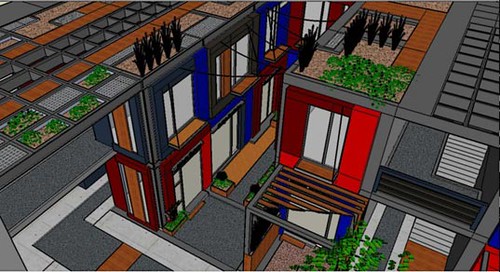





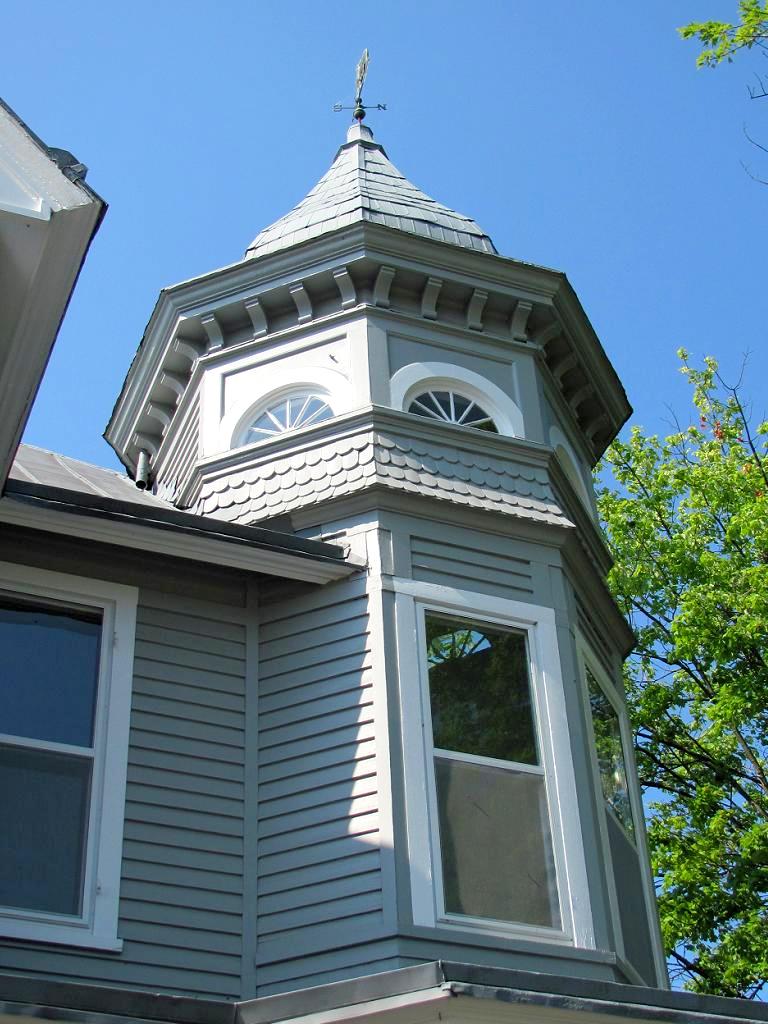
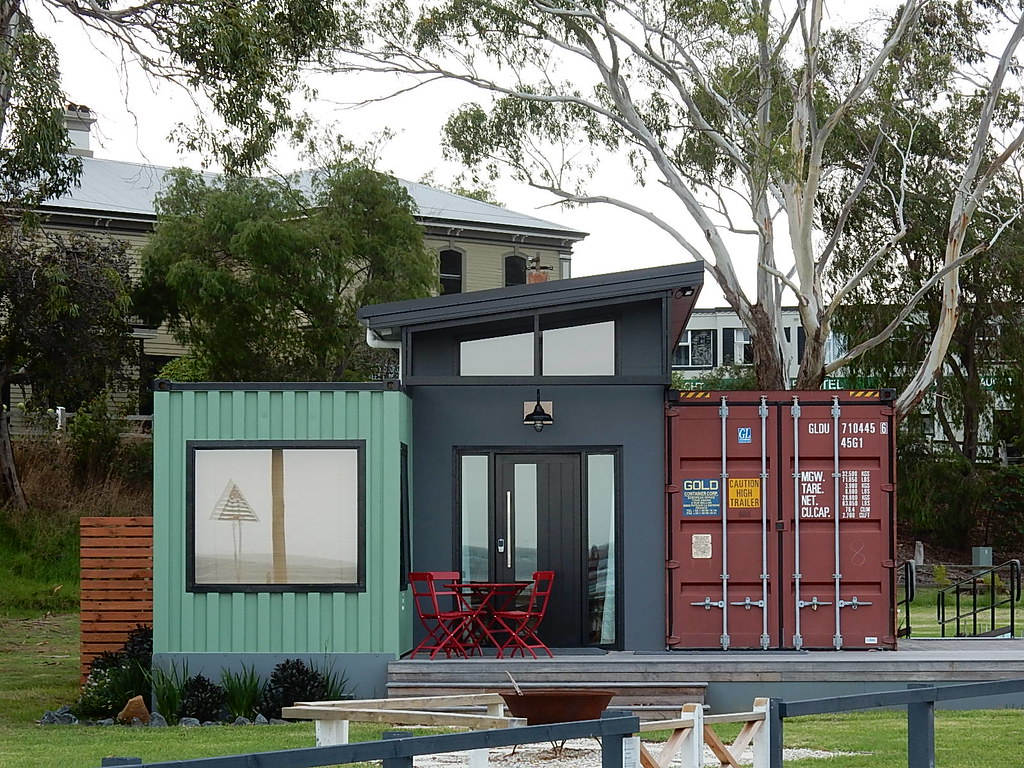
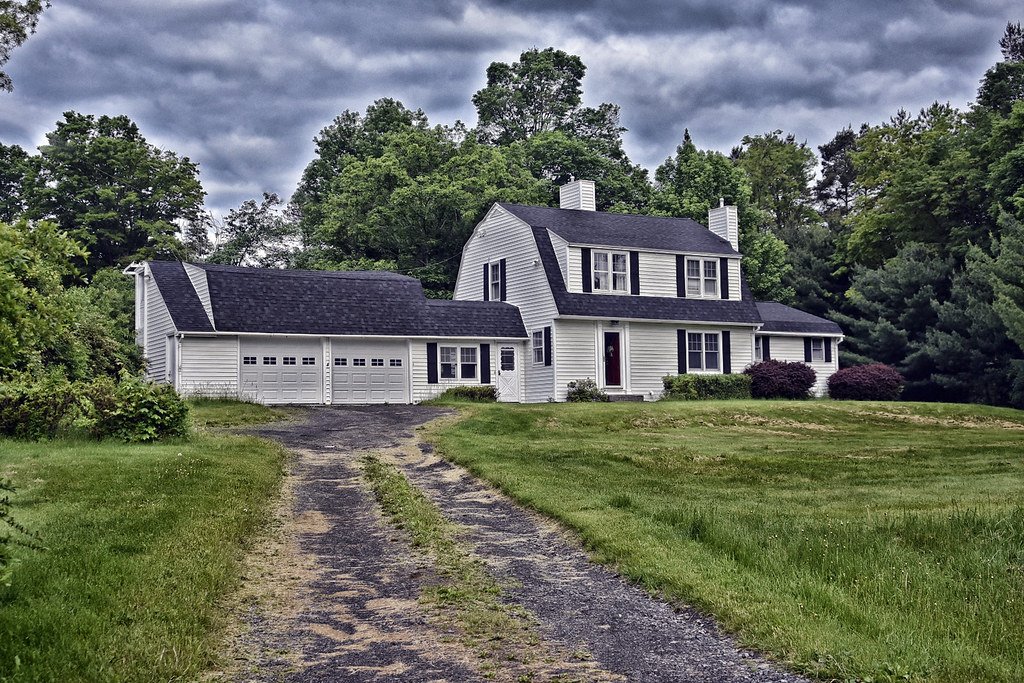
Find Us on Socials